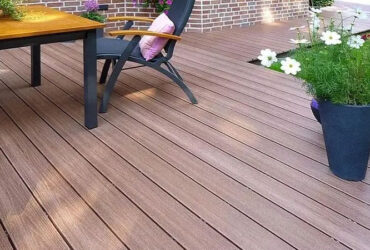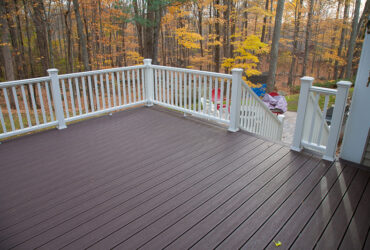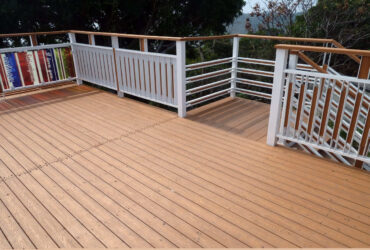Factors Affecting The Performance Of Wood-plastic Composite Materials
Plant fiber and polymer based properties:
During the composite process, plant fibers should maintain their original shape and strength characteristics as much as possible to ensure the ideal mechanical properties of the composite material. Therefore, the more granular the plant fibers appear,It is easier to maintain the original shape and strength, but it also results in a decrease in the accuracy of the parts. At the same time, the mechanical properties such as modulus and strength of composite materials are largely affected by the amount of plant fiber.
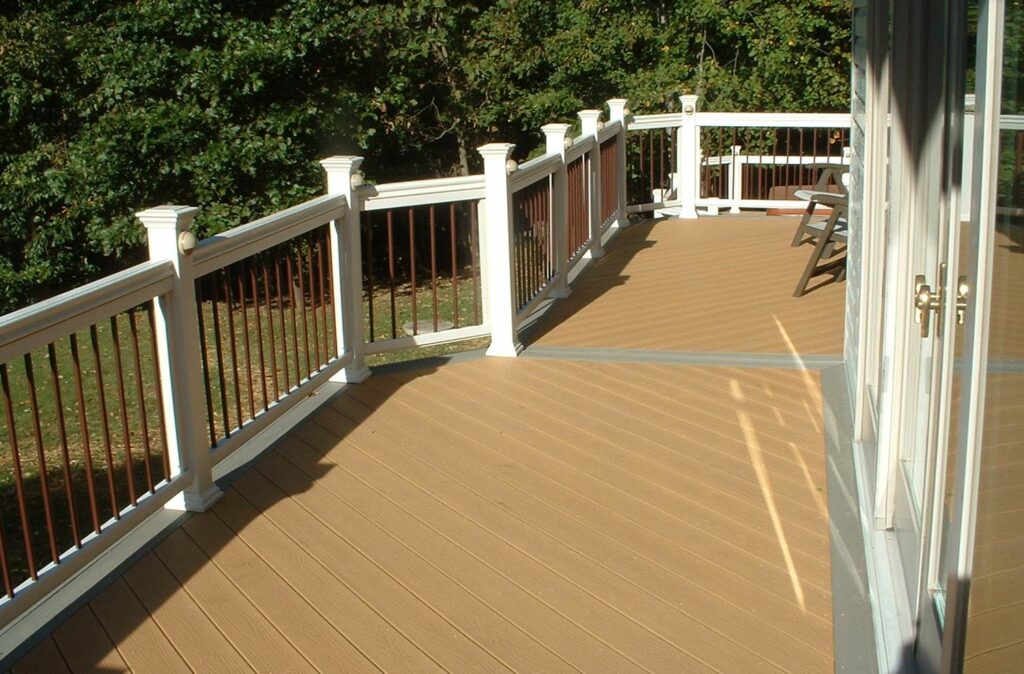
Modification of wood powder and polymers:
This is a key technology in the processing of wood-plastic composite materials. Physical or chemical methods can be used to modify the raw materials to increase the compatibility of the wood-plastic interface.It can improve the dispersion of wood powder in plastic to improve the overall performance.Physical methods are relatively simple and easy methods, such as wood powder drying, acid and alkali treatment, heat treatment, etc.Complex physical treatment methods such as plasma treatment, corona treatment, spraying, etc. change the fiber structure or surface properties to change the bonding strength with plastics.Cathodic spraying can increase surface roughness and improve interfacial bonding performance, and corona treatment is one of the most effective technologies for oxygen activation on fiber surface. Whether it is applied research or theoretical research, the chemical modification of raw materials is a hot spot of research by scholars at home and abroad.The main methods are: using chemical reagents on the surface of wood powder to esterify and etherify polar warp groups.Under the action of an initiator, active functional groups are grafted and copolymerized on the surface of wood powder or plastic, and a coupling agent is used to perform non-polar pretreatment on the wood powder.Through chemical modification, the compatibility of plastic and wood powder is increased to achieve the purpose of improving the interface bonding strength.
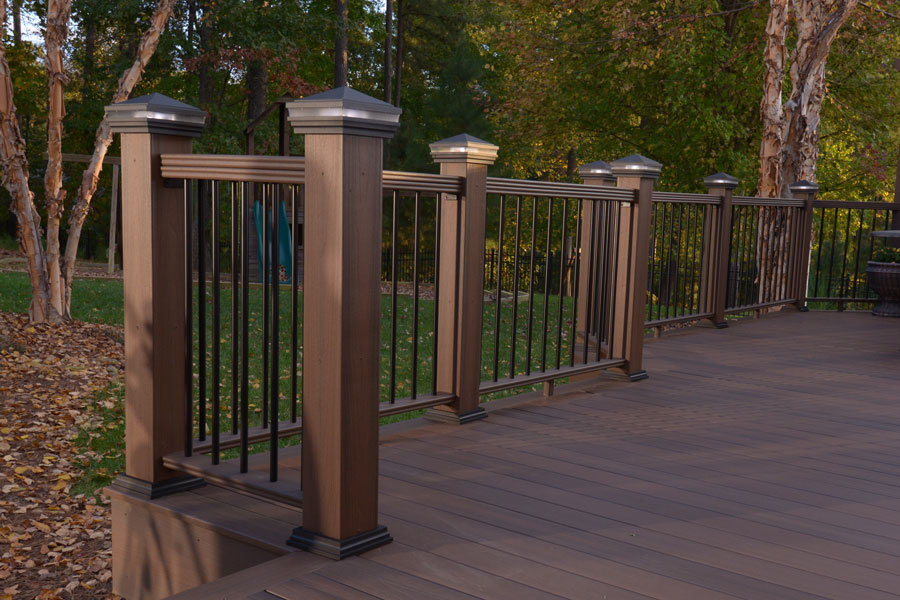
Mixing method of wood flour and polymer matrix:
the mixing process can be that the wood flour is surface treated such as alkalized, and then mixed with the polymer in the homogenization equipment according to the proportion. The wood flour can also be untreated and directly mixed with additives than mixed with polymers. After mixing, various molding methods are used to obtain products. In the processing of wood-plastic composite materials, it is necessary to avoid flocculation of wood flour particles as much as possible. Appropriate lubricants, thermoplastic polymers, and stearic acid can be added to form encapsulation on the surface of wood flour to reduce flocculation. Processing conditions: At present, the forming methods of wood-plastic composite materials mainly include injection and extrusion, among which the extrusion forming method is the most commonly used. Different processing methods have a significant impact on the forming properties of composite materials.
Relatest Post
Pinup’un global liderleriyle mukayesesi — platformun kazandığı ve daha ilerlemesi önemli kategoriler
Details icon